Samsung Goes Cheap
A few years back the former administration instituted trade restrictions on South Korean washers and dryers to help US brands (Whirlpool) to maintain a leading market share, and while those restrictions have been lifted, both the US and global washer/dryer markets remain quite competitive. Samsung is adept at high volume manufacturing and cost containment in the consumer electronics space and has tried to bring that expertise to their consumer appliance business, however Samsung’s typical approach of pitting suppliers and technologies against each other to lower costs seems to have backfired when it came to their washer business.
Last year Samsung received more JD Power awards for its washers and dryers than any other brand, however they were forced to recall 86.2% of their Bespoke Grande AI front loading washers that they produced between September 2021 and May of this year due to defects in the washer door. Those defects were allegedly caused by Samsung’s attempt to cut costs by changing suppliers and the formulation for the adhesive that seals the glass to the washer door. Not only did the company have to issue an expensive recall, but one of its division presidents was called before the Korean Nation Assembly to explain why the defect occurred.
It seems that Samsung’s traditional adhesive supplier, Henkel (HEN.XE) found itself in competition with HB Fuller (FUL), who was providing Samsung with an adhesive that was 25% less expensive than Henkel’s silicon enhanced adhesive. Fuller’s adhesive was less expensive because it was based on a polyurethane base, different from most washer adhesives, but to Samsung it represented a bit more margin or at least an offset to some of the raw material costs seen over the last two years. Unfortunately the polyurethane adhesive turned out to be less resistant to heat and other chemicals in detergents and was said to be the cause of the leaky doors, the recall, and the embarrassing testimony.


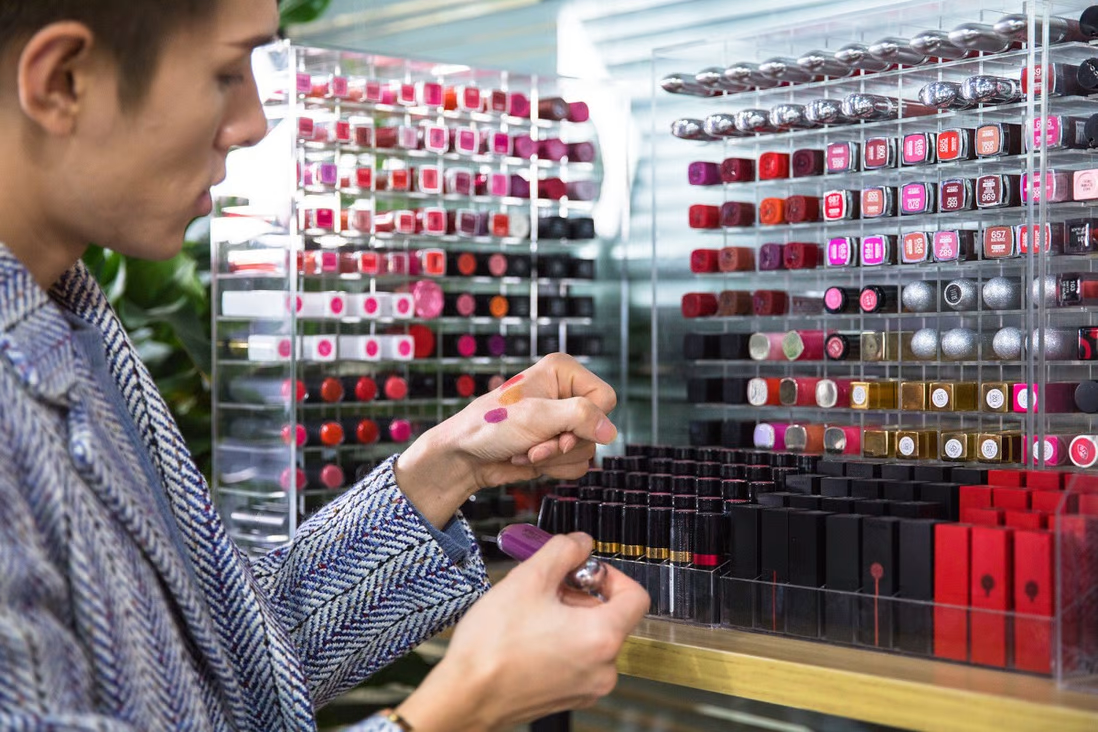


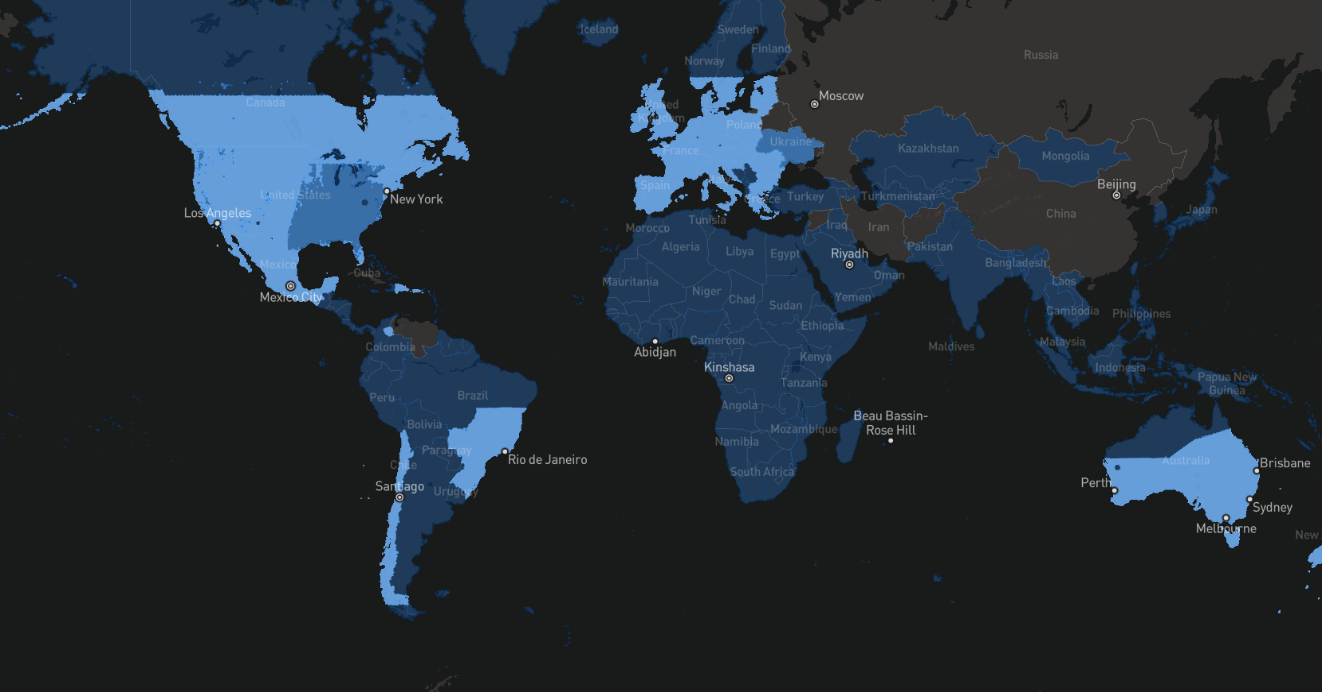


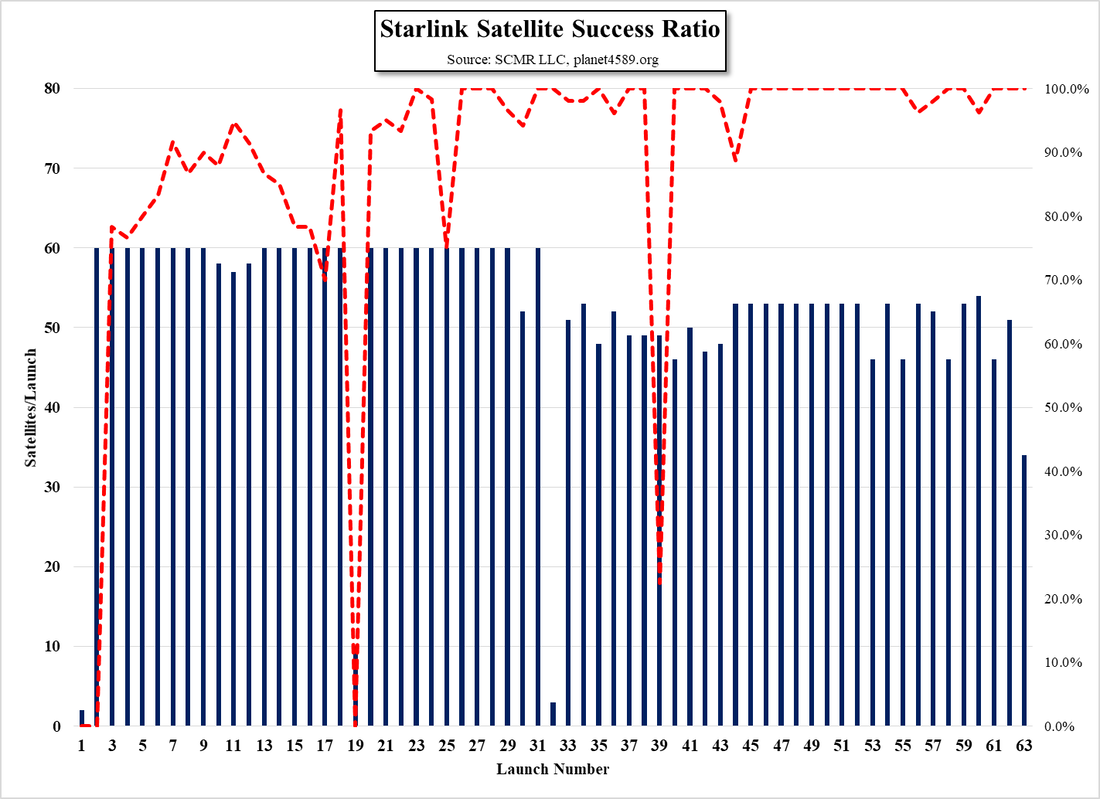
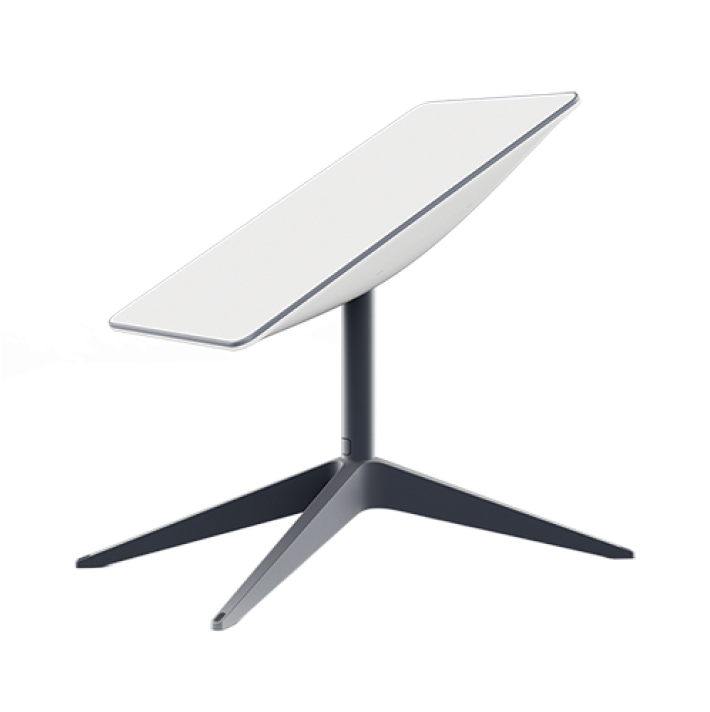
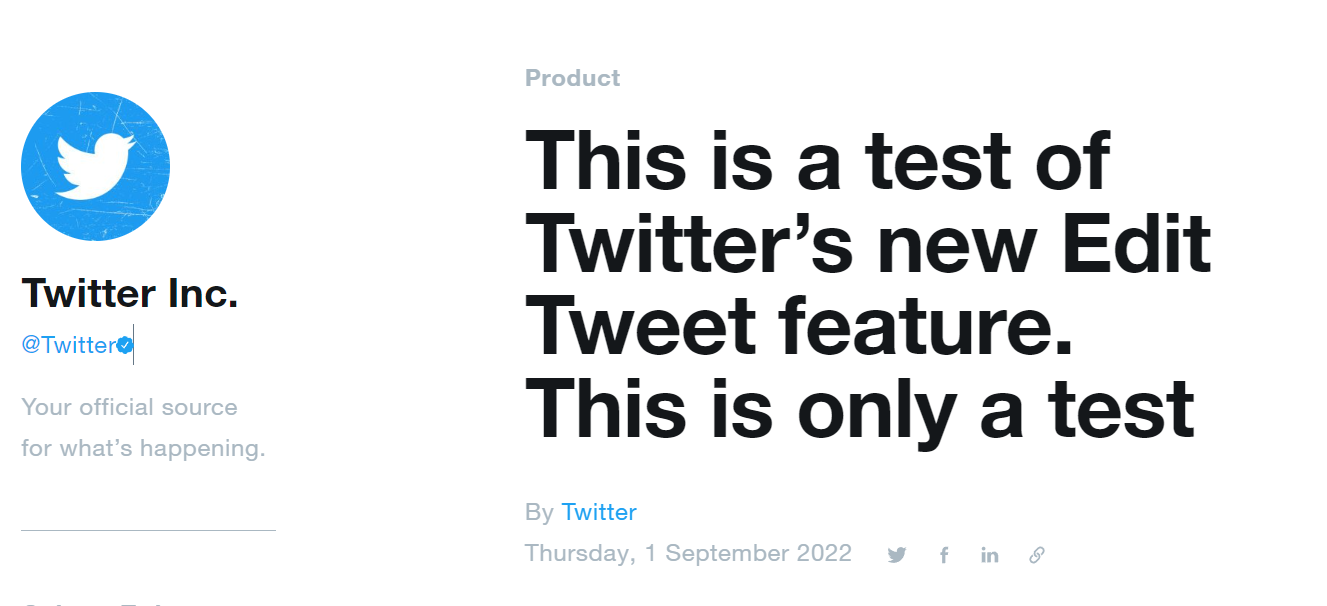
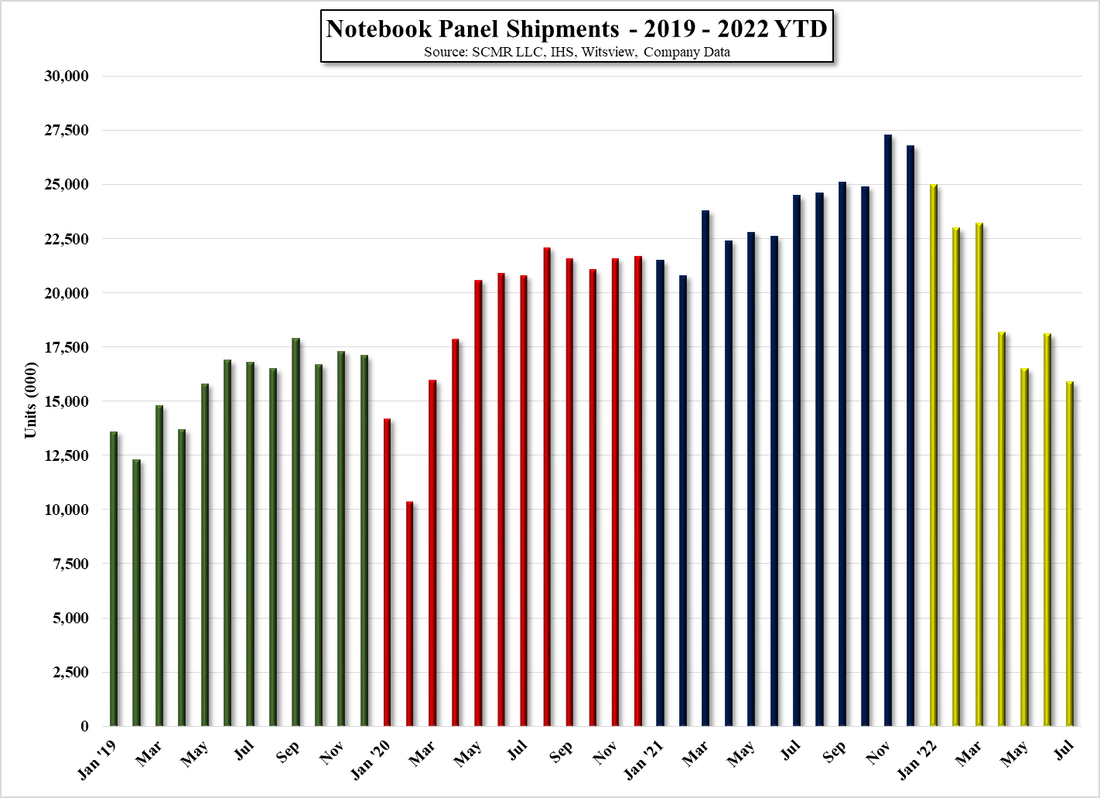
 RSS Feed
RSS Feed